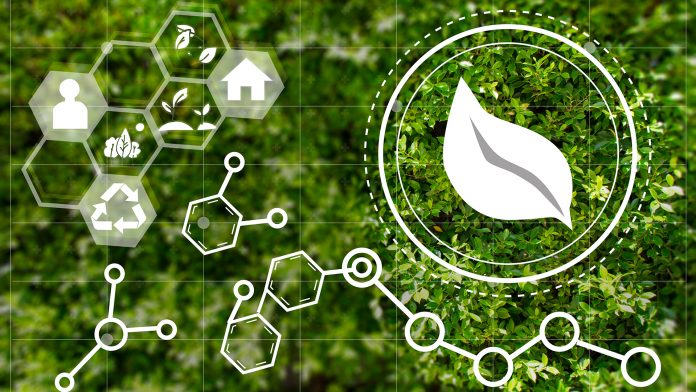Researchers from Okayama University have developed a novel mechanical compression method to squeeze maximum benefits from plant biomass.
The steady rise in global energy consumption is causing a rapid depletion of fossil fuel resources. Since fossil fuels take thousands of years to replenish, there is an urgent need to determine alternate renewable energy sources.
Biomass is a reliable renewable source of energy since it comprises organic matter from plants and animals. Plant biomass is readily available in nature and its organic composition makes it a top choice for an environment-friendly energy resource.
The study was published in the Journal of Material Cycles and Waste Management.
Inefficiencies of current compression methods
Plant biomass contains more than 50% moisture, which needs to be reduced by mechanical methods, or through heating and natural seasoning, to about 35% for increasing the power generation efficiency when used as fuel. For optimal benefits, this drying process should be fast, economic, and energy efficient.
The current system of mechanical compression is inefficient, as it needs a subsequent thermal drying process, which makes the operation energy and time-consuming and may often involve large or heavy equipment of a high cost.
Moreover, the squeezed liquid produced as a by-product by most of these methods does not contain water-soluble lignin—an important structural polymer in plant cells with myriads of applications.
How will the new method solve biomass compression issues?
To address these issues, a team of researchers, led by Dr Toshiaki Ohara, an Assistant Professor in the Department of Pathology and Experimental Medicine, Faculty of Medicine, Dentistry and Pharmaceutical Sciences at Okayama University, have identified an effective mechanical compression system for drying plant biomass for power generation without the need for thermal drying.
Their novel method can be applied on both woody and herbaceous plants and generates a compression liquid with water-soluble lignin that has basic antiviral properties against influenza and pig epidemic viruses.
In their study, the researchers used cedar wood board and chips as woody plant biomass and the ginger herb species Alpinia zerumbet as herbaceous biomass to test the novel mechanical rolling compression method. They found that cedar board and Alpinia zerumbet were compressed more effectively than cedar chips.
Dr Ohara explained: “Using our technique, all plants could be compressed; however, cedar board and Alpinia zerumbet were more effectively compressed than cedar chips, which were compressed in a random direction. This indicates that compression along plant vessels, such as straw, is essential for efficacy.”
How the method will power a greener future
After compression, the researchers crushed and pelletised the residues to determine their combustion performance, an indicator of their potential as plant biomass for power generation. The liquid obtained as a by-product of compression was filtered, its lignin content and structure determined, and its antiviral properties evaluated using cell viability assays.
The cedar board pellets showed a higher heat value on combustion, which matched the ISO standards, attesting to their higher energy performance. The ginger herb species yielded more water-soluble lignin, but its heat value on combustion was slightly lower, at 95% of the ISO standards. However, both cedar board and Alpinia zerumbet compression liquids significantly inhibited influenza and porcine epidemic virus infection.
Dr Yuta Nishina from the Research Core for Interdisciplinary Sciences at Okayama University and a co-author of the study, said: “The non-chemically extracted water soluble lignin obtained by this method can find applications in the fields of medicine, cosmetics, and livestock husbandry.” Besides the high-carbon content, water-soluble lignin may find use in carbon nanomaterial production and contribute to reducing carbon-driven pollution.
Summarising the benefits of their novel technique, Dr Ohara concluded: “Our method does not require time, a stockyard, or additional thermal drying, allowing for on-site operation. This compressor can squeeze both wood and herbs allowing us to promote plant biomass electric power generation using locally grown plants. These characteristics are beneficial for advancing local sustainability.”








Great